About Donation
More than 1,000 Hoosiers are among more than 100,000 Americans waiting for lifesaving organ transplants. In the U.S., another person is added to the transplant waiting list every nine minutes. Each day, 16 people die because a donated organ wasn’t available in time.
Donation is a rare and incredible gift. The medical condition of a potential donor at time of death determines if donation is possible and what organs and tissue can be donated. Only three of every 1,000 people are medically eligible to become organ donors.
One donor can save up to eight lives through organ donation and enhance the lives of more than 75 people through tissue donation. As a registered donor, you can be the reason a life is saved, a debilitating injury is healed and eyesight is restored.









